Flying Tigers exhibit opens
Updated: 2014-11-17 07:58
(China Daily USA)
|
||||||||
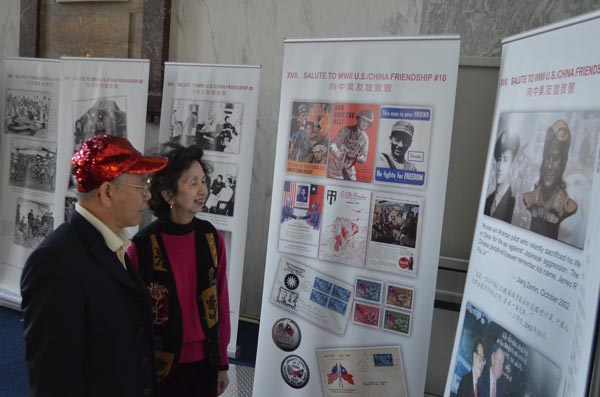 |
|
Pedro Chan, adviser of the Pacific Aviation Museum, Pearl Harbor, Chinese American Museum of Los Angeles and Flying Tigers Historical Organization in the US, and his wife Pek Chan appear at the photo exhibition Salute to WWII Flying Tigers in China on Nov 14 at the Capitol Hill Rayburn Foyer in Washington. The exhibition is organized by Mr and Ms Chan. Pedro Chan has been collecting and donating thousands of Flying Tigers and WWII artifacts to both Chinese and American museums. LIU CHANG / CHINA DAILY |
The legacy of the Flying Tigers in World War II is a landmark in China-US cooperation and should always be remembered, said a WWII artifacts collector from California in Washington last Friday.
"Since I started collecting Flying Tigers items, I have felt it was an obligation for me to keep their memory alive," said Pedro Chan, who organized a photo exhibit called Salute to WWII Flying Tigers in China, which opened in Washington on Nov 13 and will tour military bases across the country.
The Flying Tigers were a squadron of volunteer American aviators led by US Army Lt Gen Claire L. Chennault that helped China fight Japan in World War II.
Formally called the Fourteenth Army Air Force, the Flying Tigers were credited with destroying 296 enemy aircraft.
With the honorary sponsorship from Anna Chennault, widow of Chennault, the exhibition also had the support of US Congressman Ed Royce.
"The outstanding gallantry that the Flying Tigers displayed during WWII is a source of tremendous pride throughout America and is a highlight of US-China relations," said Royce, who serves as chairman of House Foreign Affairs Committee.
Royce is currently working on a House Resolution to honor the Flying Tigers, whose pilots have already been awarded the Distinguished Flying Cross and ground crew the Bronze Star by the US Air Force.
Some 180 photographs in the exhibit trace the Flying Tigers' history all the way back to Franklin D. Roosevelt's secret order of Sept 30, 1941 to "deliver to China 269 pursuit planes and 66 bombers".
Chan said that some of photographs of the Japanese military's cruelty to both Chinese and American prisoners were "too bloody and brutal to be on display". Chan began his collection of the squadron's memorabilia in 2007 when the widow of a ground crewman gave him a Flying Tiger uniform, which he donated to Guangzhou Overseas Chinese Museum earlier this year.
"She saw my interest and introduced me to an organization of Flying Tigers veterans and their families," Chan said.
"The artifacts have been shown in many places, such as the Pacific Aviation Museum in Pearl Harbor, the Zhijiang Museum in Hunan and National Library of China," Chan said.
Getting the exhibit off the ground turned out to be no small task for Chan and his wife Pek. "We had to pay for most of it ourselves, printing the brochures alone cost $10,000 dollars," he said, "but it's worth it."
Born in Macau in 1946, Chan said he grew up hearing stories about the Flying Tigers. "That's what got me started," he said. "I came to Washington hoping to find out more."
"I was born in China and adopted in the US, so I'm a product of China and the US," Chan said. "The Flying Tigers were also the product of the US helping China, and most importantly, turned out to be a win-win for both sides."
The guestbook at the exhibit had proof of people's appreciation for the show.
"Pedro, you have been a shining light for the Flying Tigers. Thank you for all you have done to keep their memory alive. It has been, and will continue to be my pleasure to know you and to keep honoring these amazing WWII veterans," wrote Susan Makris, daughter of Flying Tiger George Mueller.
"Thank you for your passion and generosity in sharing this amazing history, and honoring our heroes," wrote Astrid Szeto, a captain in the US Public Health Service Commissioned Corps.
Shen Yang in Washington contributed to this story.
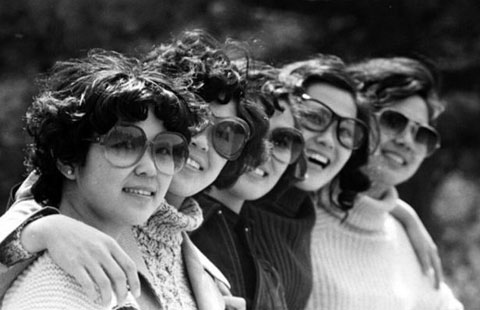
 China then and now through a lens
China then and now through a lens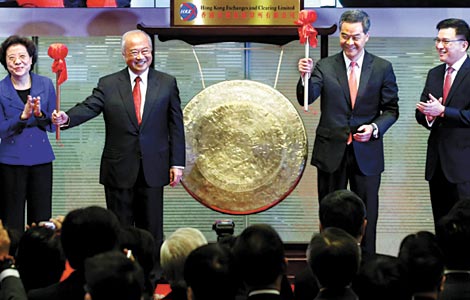
 Stock Connect provides new opportunities
Stock Connect provides new opportunities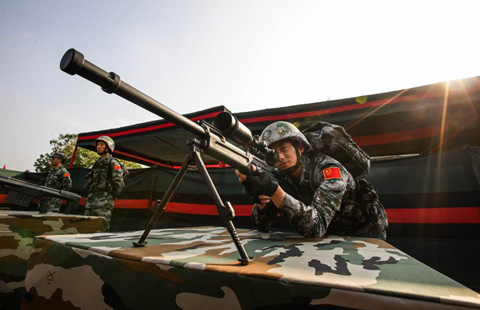
 India-China joint counterterrorism training exercise in Pune
India-China joint counterterrorism training exercise in Pune
 Crazy climbers take death-defying selfies
Crazy climbers take death-defying selfies
 China International Pet Show opens in Beijing
China International Pet Show opens in Beijing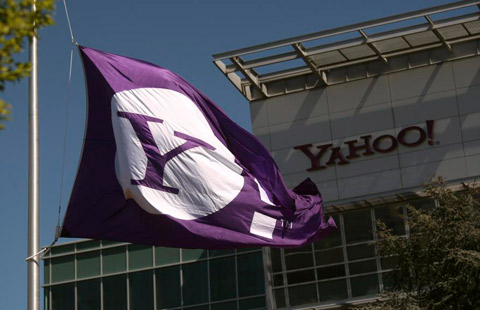
 Top 10 Internet companies by market value
Top 10 Internet companies by market value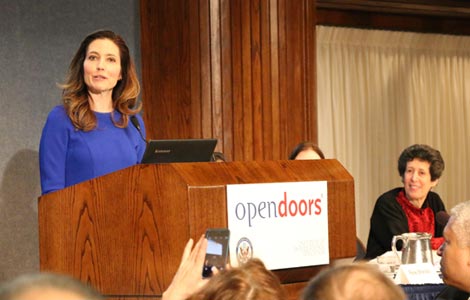
 Open Doors report finds increases in intl enrollment
Open Doors report finds increases in intl enrollment
 Xi attends welcoming ceremony by Australian Governor-General Cosgrove
Xi attends welcoming ceremony by Australian Governor-General Cosgrove
Most Viewed
Editor's Picks

|

|

|
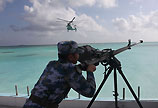
|

|

|
Today's Top News
China then and now through a lens
China sends record number to study in US
Chinese firms starting to think outside the box
Apple taps UnionPay for China link
Stock Connect provides new opportunities
Deal set to boost food cooperation
China once again boasts world's fastest supercomputer
Life sentence in Chinese students' slayings
US Weekly

|

|








